Turks love their side salad with dinner. No wonder when you’ve got such amazing fresh ingredients. The salad to beat them all is the shepherd salad – or coban salatasi in Turkish. As long as tomatoes and cucumbers are in season, I make this virtually every day!
It’s unclear why this salad is named after shepherds. The main ingredients – tomatoes, cucumbers, peppers, onions – have nothing to do with animal husbandry. Nor do they grow wild in the fields where shepherds would take their herds.
Musa Dağdeviren offers up a theory in his seminal The Turkish Cookbook. Apparently, some shepherds would bring a couple of tomatoes and an onion to the fields. For lunch, they’d halve the tomatoes and smash up the onions, for a simple salad.
Later, this was picked up by restaurants in the cities, who refined it into what we today know as shepherd salad.
What is coban salatasi?
Coban salatasi, or shepherd salad, is a simple side salad based on tomato and cucumber as its main ingredients. Green peppers, onion, herbs, lemon and olive oil are also common additions.
The salad is common not just in Turkey, but across most of the Middle East and Eastern Mediterranean, where many eat it on a daily basis during summer. Regional variations exist, though they are minor. All are based around roughly equal amounts of finely chopped tomato and cucumber, supported by other fresh vegetables in season and a light dressing.
You may have come across it as Shiraz salad (in Iran, where they add verjus to the dressing), chopped salad, Lebanese salad, Arab salad or even, in America at least, Israeli salad. If you want to impress by using the Turkish name, it’s pronounced ‘choban ‘sala:tasəh.
While omnipresent across Turkey today, according to Dağdeviren the dish is actually a fairly recent addition to the local cuisine, first appearing in the 1950s. Nevertheless, it’s today perhaps the most popular and common side salad across Turkey.
How to make Turkish shepherd salad
As is suitable for a simple side salad, the shepherd salad is super quick and simple to make. Simply chop your ingredients, sprinkle some salt on it, squeeze over lemon juice and pour a generous glug of extra virgin olive oil on top before quickly mixing it all together.
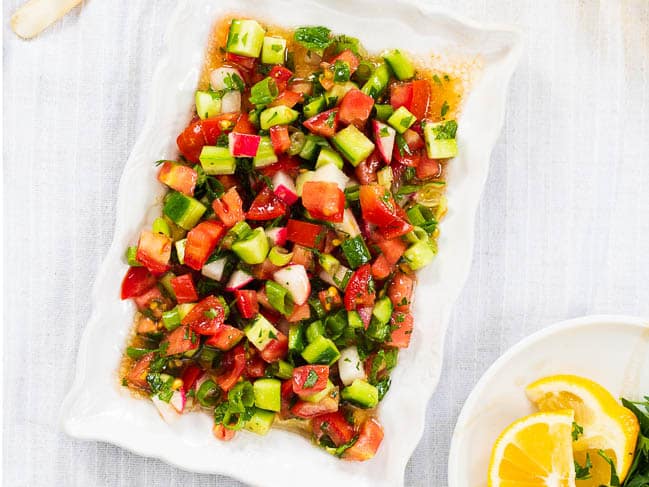
Each cook has his or her own view as to how chunky or finely chopped the salad should be. The general rule, though, is that this salad should be fairly finely chopped, but not so much that the vegetables become mushy. Shepherd salad should be fresh and crunchy!
When is the season for making this salad?
While the key ingredients of this salad are usually available year round, this is a summer salad. Simplicity being the name of the game here, the salad will only ever be as good as your ingredients. And they are in season in summer only.
Personally, I only make this salad from late spring until early autumn. In other words: The time of year when the tomatoes in Turkey are a beautiful red, sun ripened and bursting with flavour. I recommend the same for you. If using tasteless or bitter winter tomatoes and unexciting, out of season cucumbers, they won’t magically become fresh and flavourful by chopping them up.
A note on the key ingredients and measurements
While I’ve given exact measurements in the recipe below, I never actually measure when making this side salad. The base of my shepherd salad is always roughly equal amounts of equally chopped sun ripened tomato and cucumber.
For maximum flavour, I recommend seeking out the shorter Persian or Lebanese cucumbers. These have a better crunch, a less watery middle and plenty more flavour than the regular, long varieties more typically available in Western countries. Your local Middle Eastern grocer will surely stock it!
For a more delicate flavour, I usually peel off about half of the skin of the cucumber, in a zebra pattern.
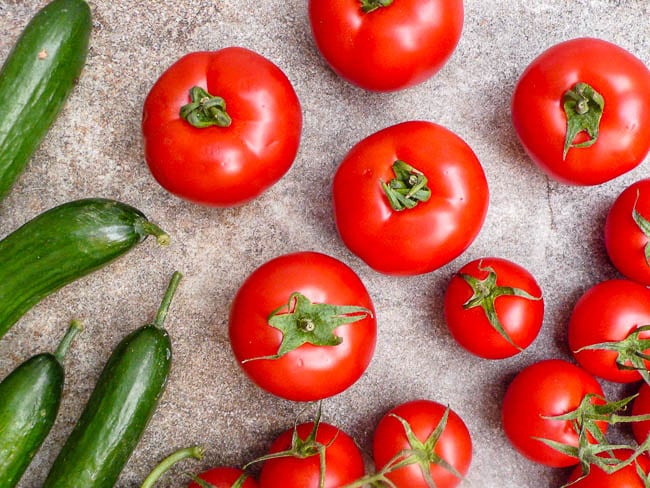
As for the tomatoes, any flavourful tomato will work great!
Onions are another key ingredient here. I like using spring onions here. Their mildness make sure the salad goes well with just about anything, without leaving a strong onion-y mark on the flavour. That said, any onions will do here. Feel free to substitute red onions or even just regular brown onions, if that’s what you have at hand.
In everyday making of this salad, most Turks will add green peppers, another staple of the Turkish kitchen. Turkish green peppers are long, with thin walls, and less dominating than their bell pepper counterpart. Radishes are also common, especially in finer establishments, and more easily available outside Turkey. Both provide a crunchy element to the salad.
Finally, the dressing should be super simple. There’s absolutely no need to mix the ingredients as you would a vinaigrette. Simply squeeze a generous amount of lemon juice all over your ready salad (it can take more than you think!). Some like to add a little vinegar too, but I prefer the fresh, clean flavours here.
Then finally, drizzle with an even more generous amount of extra virgin olive oil. Delicious!
What about olives and feta cheese?
You may have seen other recipes which add olives and feta cheese to their coban salatasi. To them, I’ll say: Congratulations, you’ve just made yourself a finely chopped Greek salad!
I’m sure these recipes are delicious. But they’ve got nothing to do with coban salatasi. The shepherd salad is a simple, everyday side salad.
Sure, some versions in Greece and Bulgaria like to add tiny amounts of feta cheese (though nowhere near the amounts suggested in American recipes). And there are places in Turkey which will add some dry cottage cheese (lor peyniri). But those are the exceptions.
Indeed, over my many years in Turkey, I must have eaten coban salatasi hundreds of times. Not once have I seen it with olives or feta cheese.
If you fancy it, by all means go for it! Just know that you’re no longer eating a Turkish shepherd salad.
How to serve coban salad
As should be clear by now, coban salad is a simple side salad. Its fresh and simple flavours go well with virtually anything you might serve up for dinner on a hot summer day.
Indeed, in Turkey as well as much of the Eastern Mediterranean and Middle East, coban salatasi is served with virtually any food on a daily basis during sommer months. Even breakfast is game!
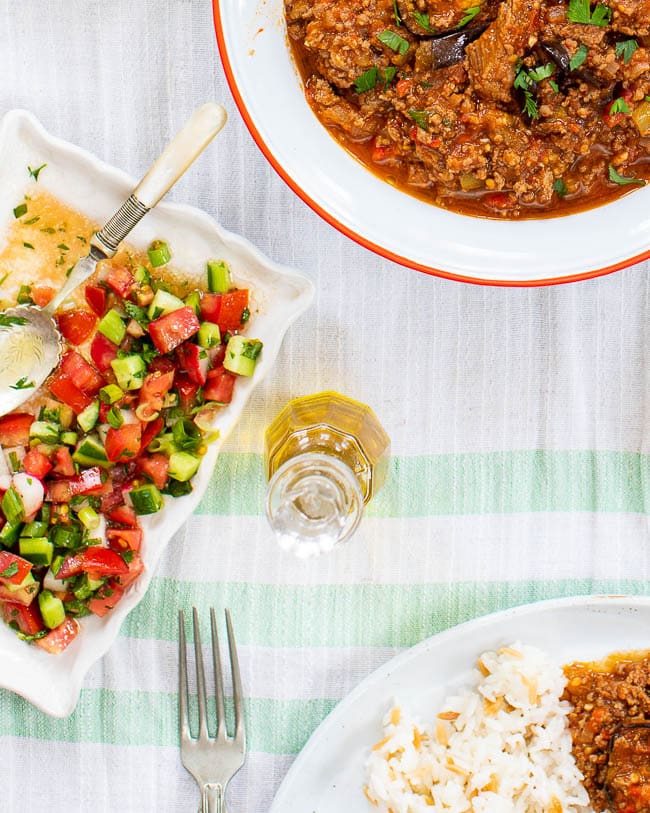
Try it with Turkish shish kebab, Turkish moussaka or barbunya pilaki, the vegan Turkish style borlotti beans.
Once cut, vegetables quickly lose their crispness and start bleeding liquids. Chopped vegetable salads such as Turkish shepherd salad should therefore always be made at the very last minute. If you have to make ahead, do so no more than one hour before serving, and add the lemon juice only at the last second. In the meantime, do not place in the fridge, but leave the salad at room temperature.
And one more thing. Do like the Turks, and keep a handful of fresh bread alongside. You don’t want to miss all those delicious juices that are left on the plate!
The recipe serves 2-4. As I’ve mentioned earlier, though, I rarely measure when making this salad. I also vary the onions, herbs and crunchy element (radish, green pepper, carrot, even turnip) according to what I have to hand and feel like. So please consider this recipe a starting point to play with rather than a blueprint to be replicated exactly every single time.
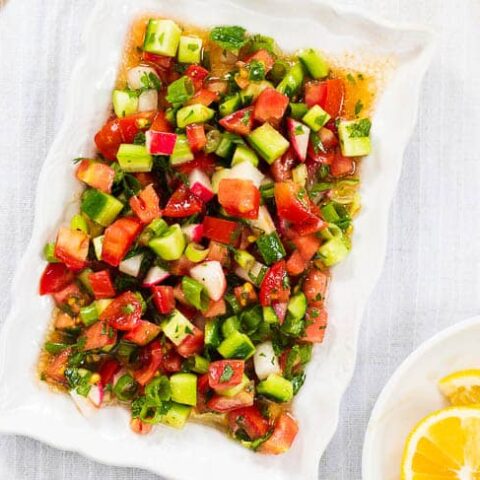
Turkish shepherd salad (Çoban salatası)
Ingredients
- 250 g / 2 medium tomato, sun ripened, roughly chopped
- 200 g / 3 medium Middle Eastern cucumbers, partly peeled and roughly chopped
- 50 g radishes or Turkish green peppers, roughly chopped
- 3 spring onions, thinly sliced
- 10 g flat-leaf parsley, leaves only, finely chopped
- 5 g mint, leaves only, finely chopped
- 2 Tbsp lemon juice
- 3 Tbsp extra virgin olive oil
- salt and pepper
How I make it
- Chop your ingredients and sprinkle a little salt on the tomatoes and cucumbers.
- Transfer to a bowl. Add more salt and pepper to taste, as well as the lemon juice and olive oil. Mix and serve immediately.


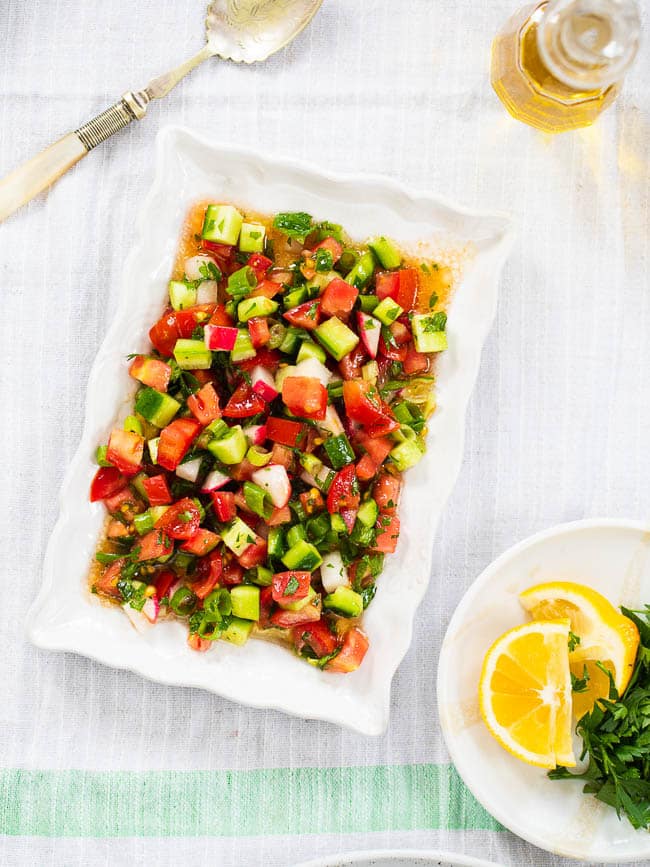


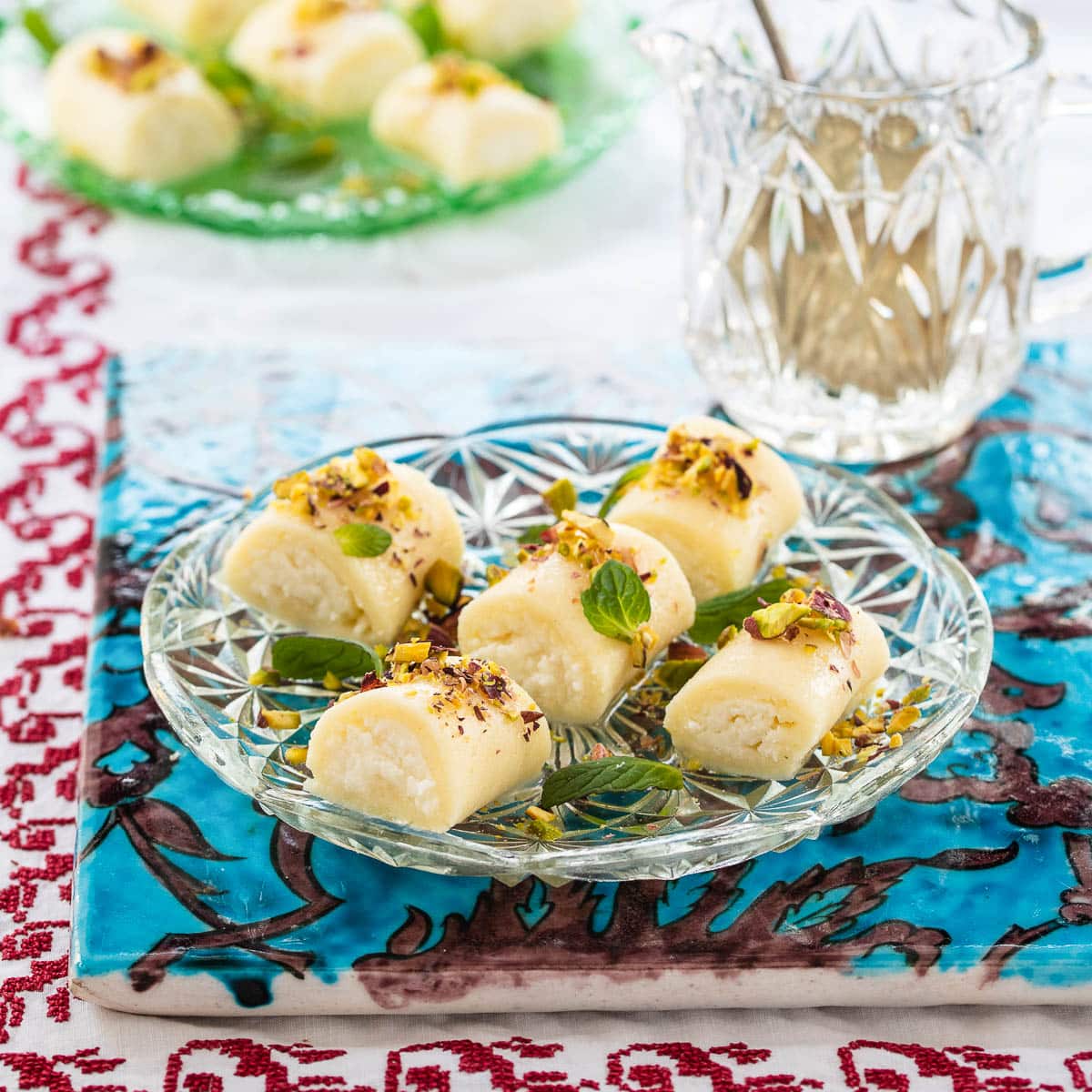
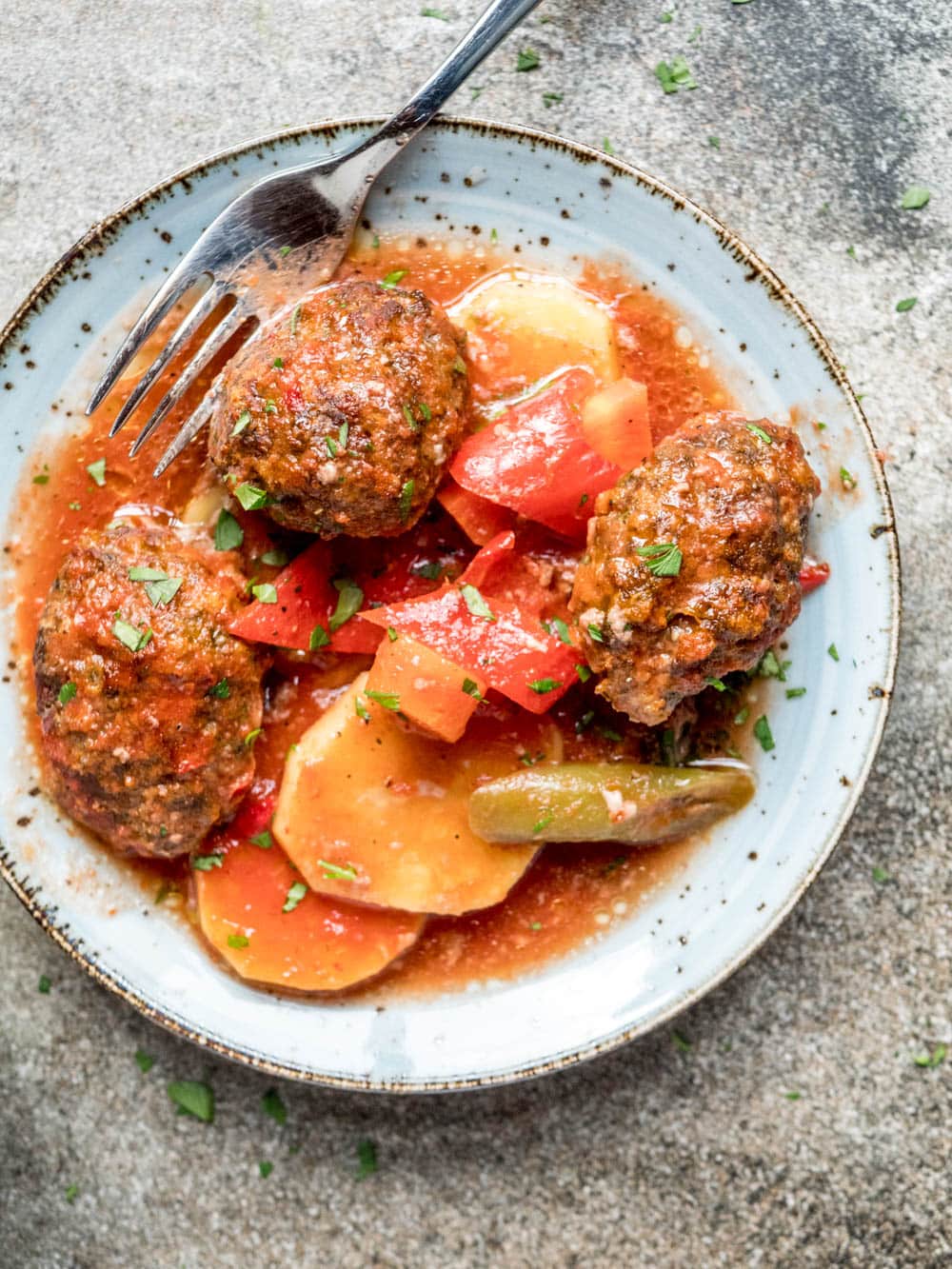
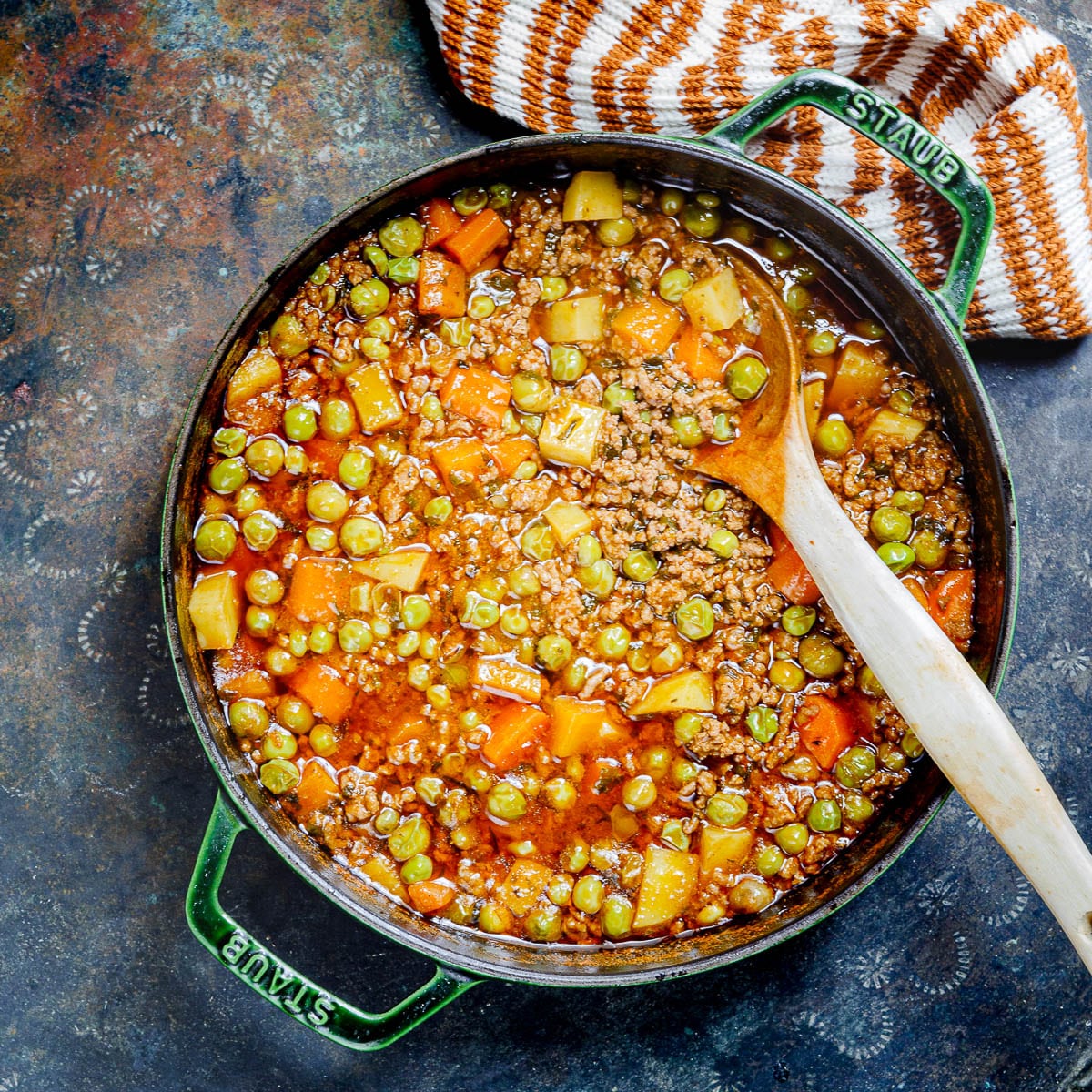
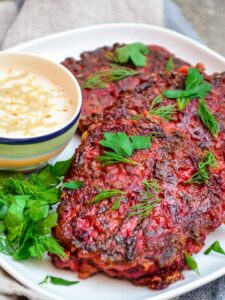
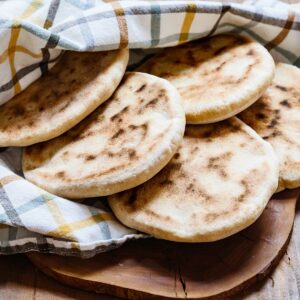





2 responses
I’ve been following your blog for a while now and this recipe really caught my attention. I love trying new Turkish dishes and this shepherd salad looks delicious! Can’t wait to give it a try this weekend
Amazing!!! I Like your recipes and the way you describing them. Cheers Nela